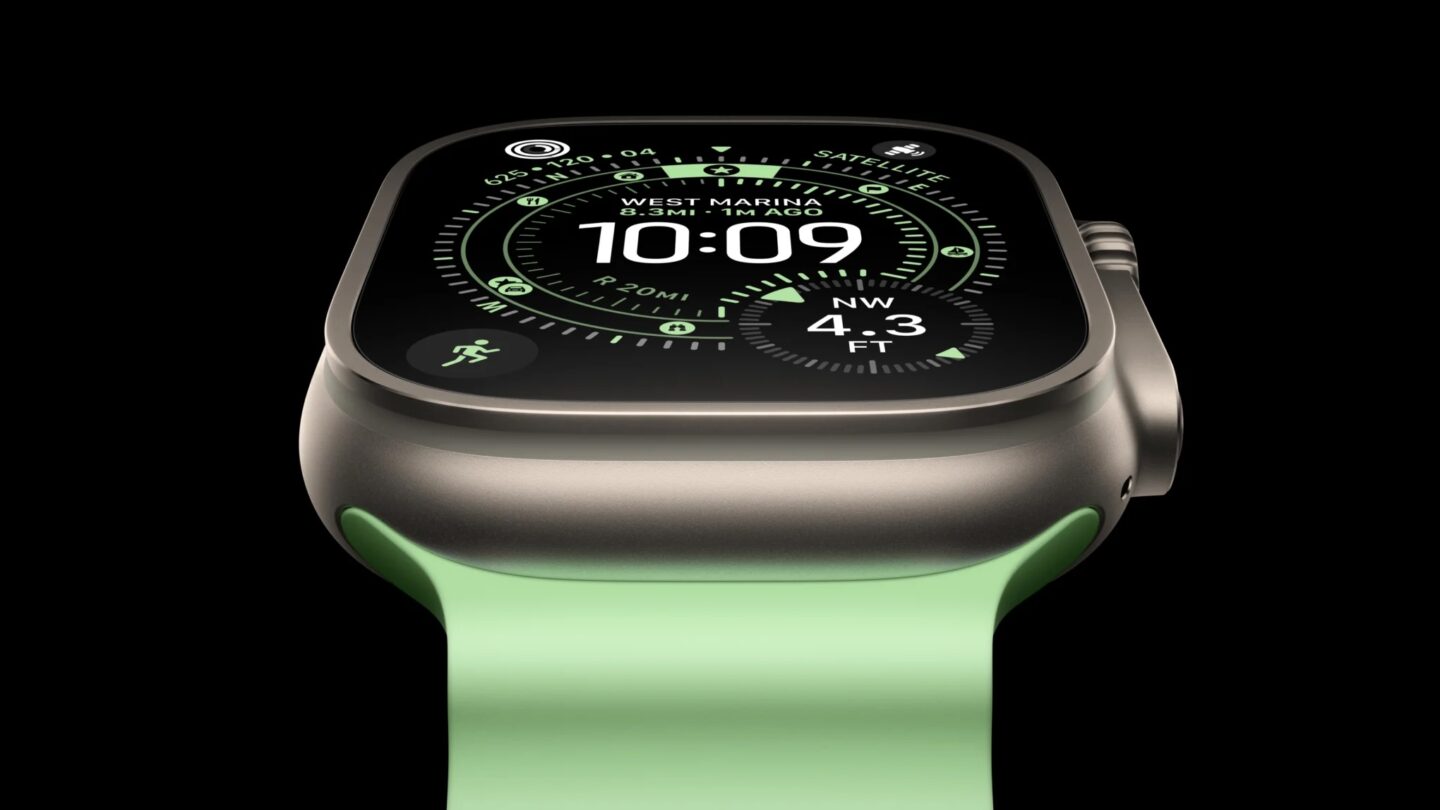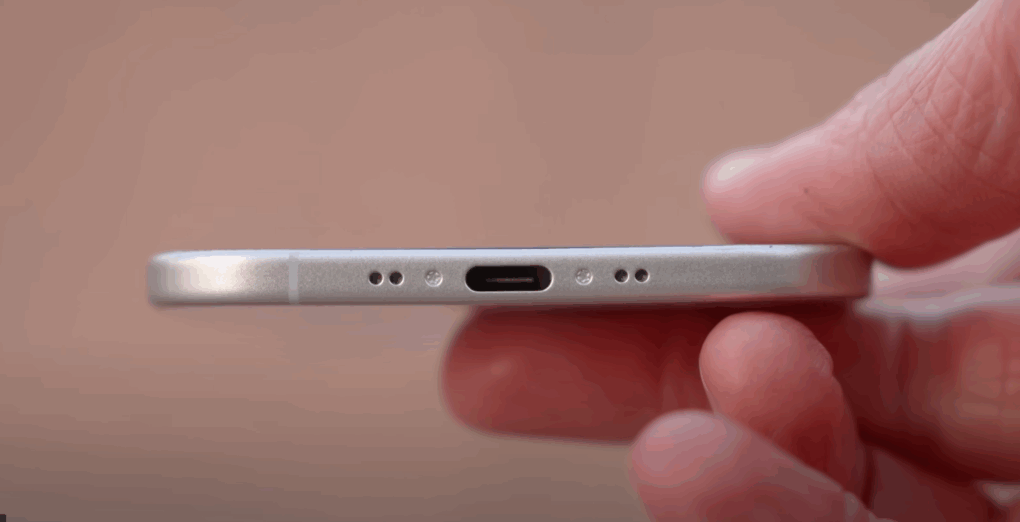People wondered how the new iPhone Air released at Apple’s Awe Dropping event Tuesday could be so incredibly thin and still have a working USB-C port (or even if it would have one at all). Well, here’s how: In a departure from the iPhone giant’s normal manufacturing process, the new handset features a breakthrough 3D-printed titanium USB-C port for ultra-thin design, Apple said.
And considering how the process and material actually improve the port, the result is truly an engineering milestone.
Ultra-thin iPhone Air sports 3D-printed titanium USB-C port
With iPhone Air, Apple introduced the first smartphone to feature a 3D-printed titanium USB-C port. The manufacturing innovation is Apple’s solution to the challenging problem of creating an ultra-thin device while maintaining durability and functionality.
“A new titanium USB-C port is 3D-printed to be thinner and stronger, fitting into the slim design while using 33 percent less material than a conventional forging process,” Apple noted in its iPhone Air press release.
Revolutionary manufacturing process enables thinner design

The new USB-C port uses metal additive manufacturing, commonly known as 3D printing for metals. It creates components layer by layer using powdered titanium based on precise CAD models. This process has allowed Apple to overcome what many expected would be a fundamental limitation in making the iPhone Air as thin as possible.
The 3D-printed titanium USB-C port delivers three key advantages over conventional forging processes: it’s significantly thinner, structurally stronger, and uses 33% less raw material, as the iPhone giant noted. This reduction in material usage aligns with Apple’s environmental commitments, making the manufacturing process more sustainable.
Addressing thickness limitations from previous ultra-thin devices
The innovation appears to stem from lessons learned with the M4 iPad Pro, Apple’s thinnest product to date. Users of that device noted that standard USB-C ports pushed the limits of what was physically possible, with some charging cables actually appearing thicker than the device itself. This observation highlighted the USB-C port as a critical constraint for achieving even thinner designs.
While the iPhone Air (5.6mm), suprisingly, isn’t quite as thin as the M4 iPad Pro (5.1mm in 13-inch model), Apple evidently required an advanced solution to achieve its desired form factor without compromising the essential charging and data transfer functionality that users expect.
Enhanced durability through advanced materials

Photo: Apple
The choice of titanium as the base material, combined with the 3D printing process, results in a port that’s not only thinner but also stronger than traditional alternatives. This increased strength could address potential concerns about structural integrity in such a thin device, particularly regarding bending resistance — typically a concern with ultra-thin electronics.
It’s worth noting that this advanced manufacturing technique appears exclusive to the iPhone Air within Apple’s current smartphone lineup. The standard iPhone 17, iPhone 17 Pro, and iPhone 17 Pro Max models appear to feature conventional USB-C ports, making the iPhone Air’s implementation unique in the iPhone lineup.
But the 3D-printed titanium approach isn’t limited to the iPhone Air. Apple implements similar manufacturing techniques for the titanium cases in the Apple Watch Ultra 3 and higher-end Apple Watch Series 11 models. These watches benefit from using approximately half the raw material compared to previous generations while maintaining the same structural integrity.
Performance considerations remain unchanged
Despite the manufacturing breakthrough, the iPhone Air’s USB-C port maintains the same USB 2.0 speed limitations found in standard iPhone models, supporting data transfer rates up to 480 Mb/s. This suggests that while Apple has revolutionized the physical construction of the port, the underlying data transfer capabilities remain consistent with the company’s current smartphone specifications.
And it’s a fascinating example of how Apple continues pushing the boundaries of materials engineering and manufacturing innovation in pursuit of its always-lofty design goals.
iPhone Air becomes available for pre-order Friday at 5 a.m. PT, with official launch scheduled for September 19.


